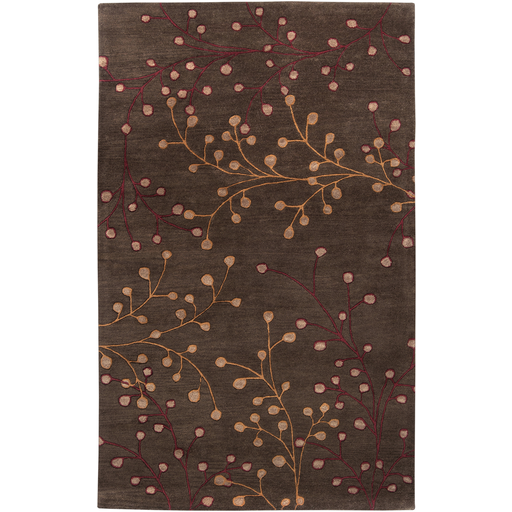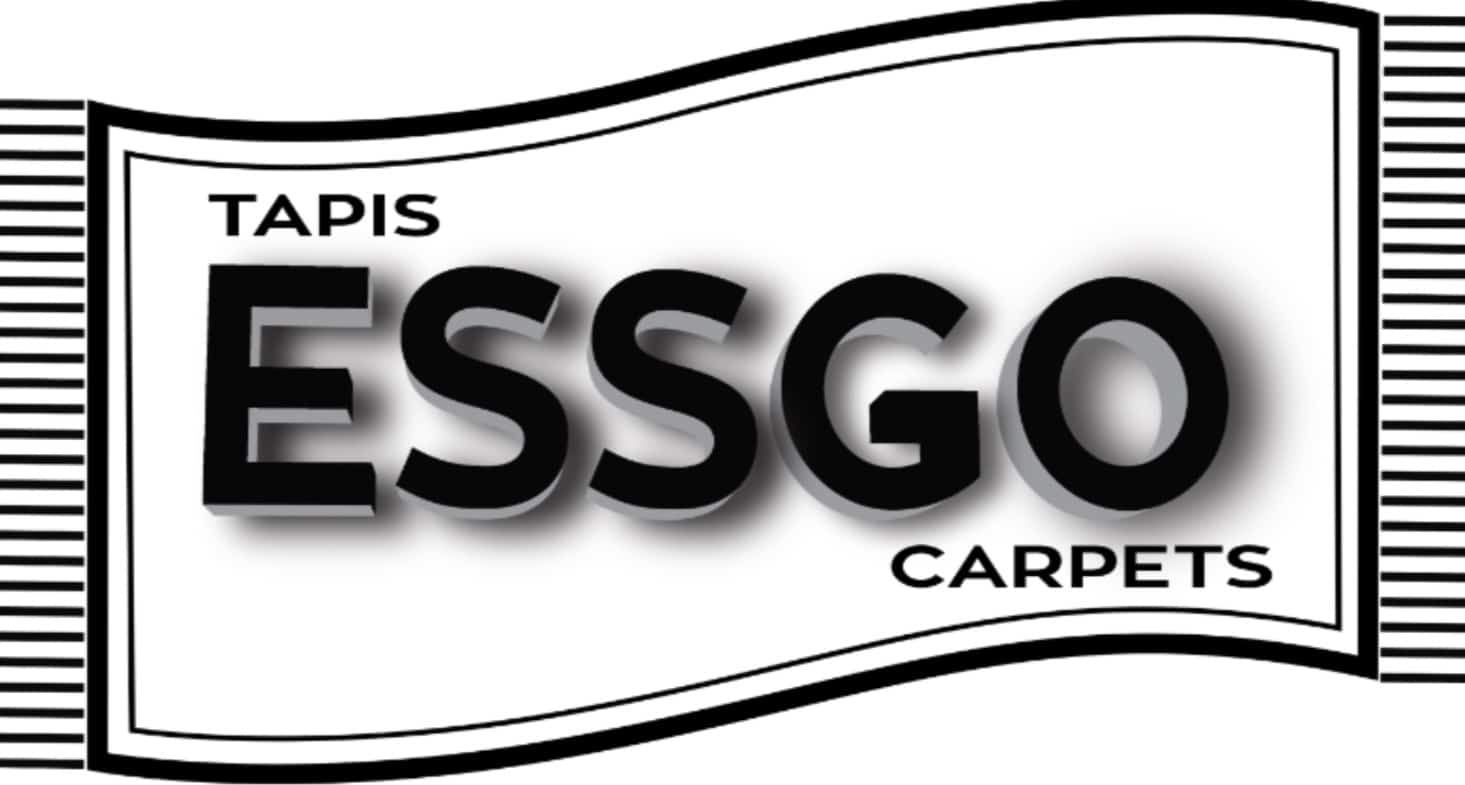Present Day Production in Tibet

Present Day Production in Tibet
In Lhasa, rug stores cater to both to local, national, and international tourists. Dark red Turkish imitations from factories in Qinghai are sold alongside other Chinese rugs and even silk carpets with Middle-eastern designs. Amongst local Tibetans, replicas of traditional Tibetan designs from machine-woven polyester are popular inexpensive alternatives to hand-made carpets.
Government-sponsored workshops target the tourist and “official delegation gift” markets, but the wools have short staples and make carpets that are more likely to shed fluff and become matted after cleaning. A popular design is the “Potala” rug, featuring a picture of the Potala Palace and intended to be hung on the wall. Carpet workships founded by foreigners use wool with longer staple lengths and high lanolin content, which make for a stronger content, but are much more expensive, and have not found much success. However, as an economic activity, Tibetan rug making provides valuable cash income for rural communities who weave in the winter months. Several overseas investors and NGOs are trying to encourage a revival of high quality local wool and natural dyes in Tibetan rug making.


 Free Delivery Anywhere in Canada
Free Delivery Anywhere in Canada